Cost of Wire mesh in Nigeria (2024)
Wire mesh is a net-like materials (usually metallic) used extensively in construction works. It is a flexible and malleable wire cloth which may be woven or welded to a specified spacing or shape into square or rectangle. They can easily be used in varying ways from heavy duty rigid screens to finest sheer gauze fabric. Of all materials used in its making, stainless steel remains the cheapest and most popular.
In the construction industry for example, British Reinforcement Company Ltd (BRC) have established its name as a founding manufacturer of wire mesh which are gainfully used in casting of concrete for slabs, walkways, ramp, pavements or driveways. It is also called welded steel wire mesh, thanks to its quick and less costly usage in place of rebar.
Useful applications of Wire Mesh
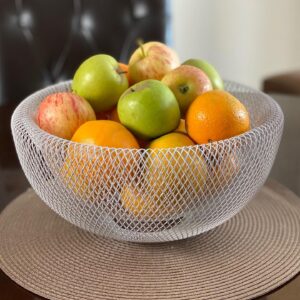
- Steel reinforcement material in concrete
- Industrial filters
- Building fences, barriers
- As support and heat distributor in Chemistry labs
- Construction of animal cage, storage and racking
- For room design and decoration
- As suspended floor in animal rearing
- Exhibition Shelf for goods
- Poultry netting and fishing traps
- For space demarcation
Prices of Wire mesh in Nigeria 2024
…and we ask, how much is wire mesh in Nigeria? This building material is sold in rolls, the average price of wire mesh is between ₦15,000 to ₦60,000. Below is its cost analysis.
| Mesh Sizes | Thickness | Current Price |
|---|---|---|
| 40×2.1m BRC | 4mm | ₦20,000 |
| 3.7×1.2m Galvanized | 2mm | ₦8,500 |
| 20×2.1m BRC | 3.5mm | ₦21,500 |
| 2.4×1.2m Expanded mesh | 4mm | ₦17,000 |
| 3×2.4m Panel | 4mm | ₦60,000 |
| 46×1.2m Galv. Chicken mesh | 2mm | ₦26,000 |
If you are inclined, contribute by adding the current prices of wire mesh in your locality. We hope to see your comments below.
A Review Of Wire Mesh In Nigeria
Wire mesh, known as wire cloth or fabric, is a very adaptable textile with hundreds of various applications worldwide. Wire mesh may be manufactured in an infinite variety of parameters, making it such a versatile product. There are practically infinite combinations of aperture widths and diameter wires that can be manufactured, depending on manufacturing capabilities, in either a woven or welded design.
Wire mesh is widely employed in industrial applications that need separation or filtration and commercial applications such as insect screening and animal fences. Wire mesh is used in various security applications, such as window, machine, stairwell panel guards, fireplace screens, bird screens, gutter guards, ventilation, and RFI shielding. Wire mesh has recently gained popularity in the architectural and art worlds. A few meshes types and kinds can be found here:
Galvanized Wire Mesh
Galvanized wire mesh is made from plain or carbon steel wire that has been galvanized. Galvanization is a procedure in which a zinc coating is applied to wire metal. This zinc layer acts as a barrier, protecting the metal from rust and corrosion.
Galvanized wire mesh is a versatile product, particularly because it comes in both woven and welded variants. Furthermore, galvanized wire mesh products can be made with a variety of wire diameters and opening sizes.
Wire mesh can be galvanized after it is made, or the individual wires can be galvanized before being formed into a mesh. Galvanizing wire mesh after it’s already been created may be more expensive at first, but it usually results in higher-quality outcomes. Galvanized wire mesh, on the other hand, is usually relatively economical. It might cost between #35,000 and #40,000.
Fencing, agriculture and garden, greenhouse, architecture, building and construction, security, window guards, infill panels, and many other applications are among the many uses for galvanized wire mesh.
Flexible Metal Mesh
Flexible metal mesh is one of the most prevalent thin woven wire meshes, with mesh sizes ranging from 11 to 500, wire diameters ranging from 0.025mm to 2.03mm (0.001 inch to 0.08 inch), and aperture sizes ranging from 0.0254 mm to 23.37mm (0.001 inches to 0.92 inch). When the wire diameter gets smaller, the aperture gets bigger.
As a result, it is a versatile wire mesh product with a wide range of uses in industrial, commercial, and decorative applications.
The flexible metal mesh comes in various raw materials, wire diameters, meshes (aperture), weave processes and can also be cut and formed into unique sheets or types to meet the needs of specific applications and projects.
Flexible metal mesh has a wide range of uses in the industrial, commercial, and decorative sectors. Filters, sieves, separators, strainers, baskets, gas diffusion, drying, automotive grill mesh, breather vents, construction and building meshes, craft paper-making, decorative mesh, fan guard, filtering liquids and gases, foundation vent meshes, gutter guard mesh, high transparency mesh, hydraulic filters, insect screen, lampshade, oil strainers, pest control.
Poultry Net
A poultry net is a sturdy, durable netting that keeps chickens and other poultry safe and contained when used as a poultry barrier fence. It can be used to breed chickens as a poultry bed netting. The poultry netting is made with more sturdy rounder strands. The flat strands are weaker than these strands. Polypropylene is used to make the poultry netting. The material is UV-stabilized, long-lasting, and resistant to rot.
Flexible Metal Netting
Flexible metal netting (also known as metal netting mesh) is a flexible and lightweight metal mesh woven from stainless steel wire rope.
Flexible Metal Netting uses a wire cable diameter of 1.2 mm to 3.2 mm and a mesh structure to reduce weight considerably. No ferrules are used for attachment, so there is no additional weight gain.
Stainless steel 304 or 316 is used as the raw material. This material has flexible, elastic, and lightweight qualities. As a result, the metal mesh is both light and flexible.
Wire Cloth
Wire cloth is used in a variety of applications. It comes in a wide range of weaves and materials. It’s a product that can be used for various purposes, including protection, support, and custom applications. Other materials can be employed in its construction aside from the various ways wire cloth may be stitched together. Aluminum, brass, bronze, steel, stainless steel, and copper are all examples of this. Wire cloth can be used for several various purposes. Wire cloth is used for sifting, screening machines, draining paper pulp, window screens, conveyor belts, and other sorts of protection.
Metal Gauze Mesh
Gauze made of metal Mesh is a lightweight, transparent cloth with an open weave. Metal gauze is made out of a net-like mesh of interwoven wire strands. It can be made from a range of wire gauges and varying spacing patterns in the metal mesh.
Steel, Iron, Copper, and Nichrome alloys are some metals that can make metal gauze.
Metal Mesh Fabric
Metal mesh fabric (also known as metal mesh cloth) is a barrier composed of interconnected strands. Fibers, metal, or any flexible material can be used to make these strands. The mesh’s interconnected threads form a web-like net with several uses and applications. Mesh fabric has the potential to be extremely durable, strong, and flexible. They’re well-known for and frequently utilized when liquid, air, and tiny particulate permeability are required.
Stainless steel, copper, bronze, polyester (or nylon), and polypropylene are the most popular materials used to make mesh fabric. The strands are woven together, forming a very flexible, net-like finish with a wide range of applications.
Woven Mesh
These baskets are weaved like any other woven materials, as the name implies. These mesh goods are manufactured by interlacing metal strands, much like a knitted scarf. Woven meshes have the advantage of not needing to be welded in place; therefore, they can be created out of various materials. This also makes them adaptable, making them ideal for applications requiring unusual shapes and contours. Woven mesh is also simpler, faster, and less expensive to make. A coarser non-woven basket is frequently used to support them. This permits them to carry out their essential activities while also providing the extra support that woven mesh frequently requires.
BRC Wire Mesh
The initials B.R.C. stand for British Reinforcement Company ltd, the first company to create a wire mesh cloth in the building industry. It’s comparable to steel mesh used in flooring construction but on a smaller size, and it’s utilized in surface reinforcement such as ground slabs, sidewalks, driveways, and possibly roadways. It could cost about N20,000 – N25,000 now because of dollar rate now
B.R.C. wire mesh is faster for some applications to install steel mesh than reinforcing bar, and labor costs are lower.
Metal Mesh Concrete
Welded steel fabric, commonly known as metal concrete mesh, comprises longitudinal and transverse reinforcement bars. The mesh spacing pattern on a concrete mesh is denser. It is commonly used for reinforcement of concrete structures and has been widely applied to coal mine tunnels, concrete pavement, bridge decks, airport runways, housing floors, roofs, and walls, among other things.
Stainless Steel Wire Cloth
It’s made of alloy steel with a mesh. Sizes range from 0 to 10 inches per inch, 100 to 150 inches per inch, 50 to 100 inches per inch, 150 to 200 inches per inch, and 10 to 50 inches per inch.
The stainless steel wire cloth is of excellent quality and has a small footprint. Aside from that, the fabric is available in a variety of specifications and can be tailored. Strainers, filter screens, and sleeves are all made from wire cloth.
Wire Mesh for Fencing
A wire mesh fence is a steel fence made up of electrically welded wire strands that form a high-strength mesh. There are two types of mesh fencing: rolled mesh and rigid mesh. Wire mesh fences are commonly employed as high-security barriers when viewing through the fence is required or desired. It’s also utilized in zoos for animal enclosures.
Our Conclusion
Wire mesh is also used in an industrial setting. They’re mostly employed as a security fence or a perimeter wall. Concrete floors, retaining walls, field and road foundations, airports, galleries, and tunnels, canals, and swimming pools are a few of the places where they’re used.
Stirrups in columns and beams are examples of prefabricated construction parts. We must have actual knowledge of our wire meshes to achieve the quality we want.
The costs may change from time to time; therefore, we must stay informed.
Originally posted 2023-04-17 20:18:34.
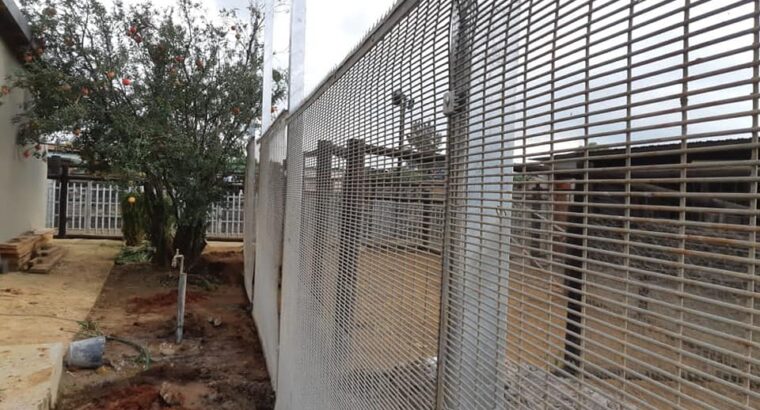
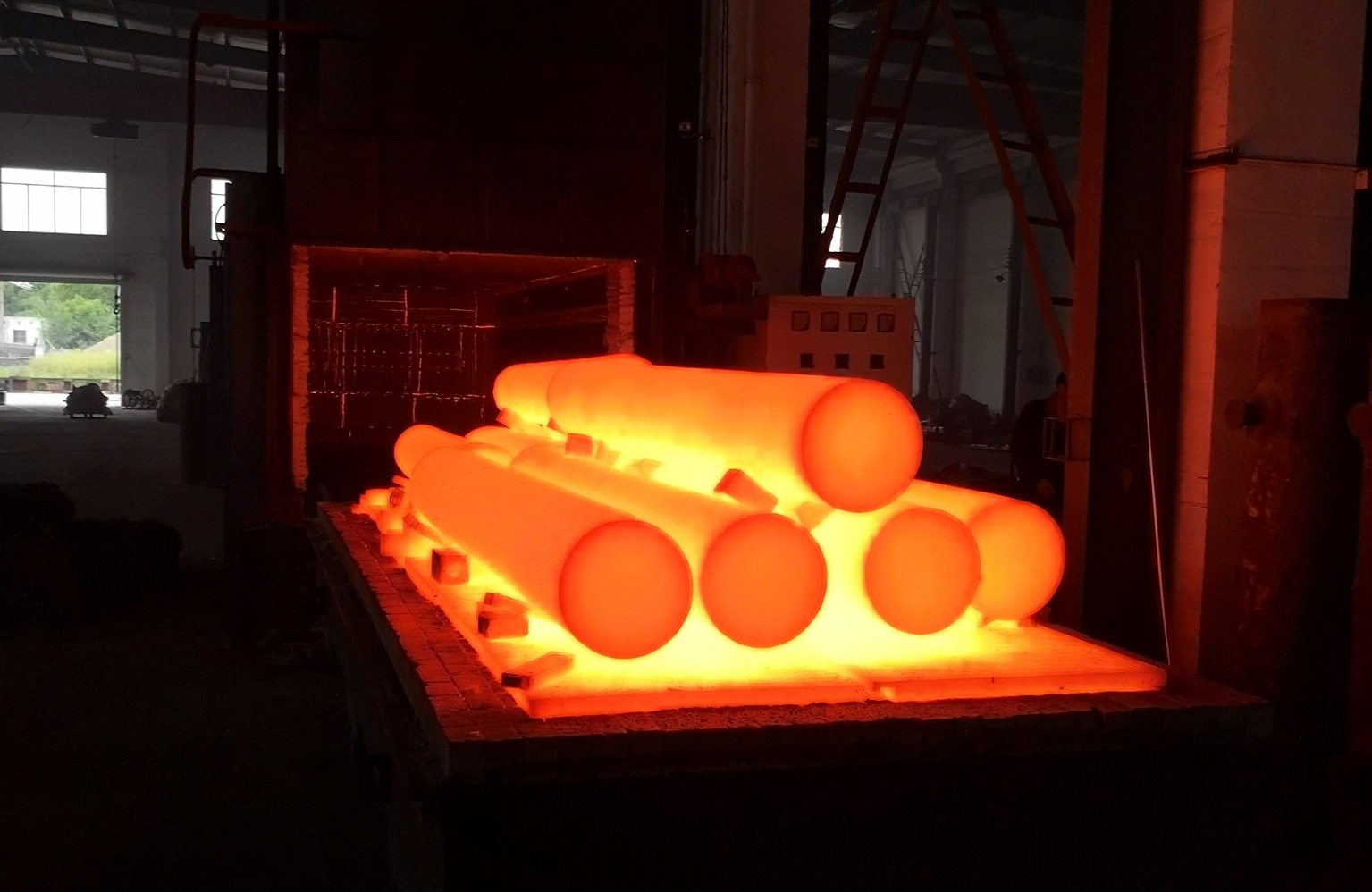
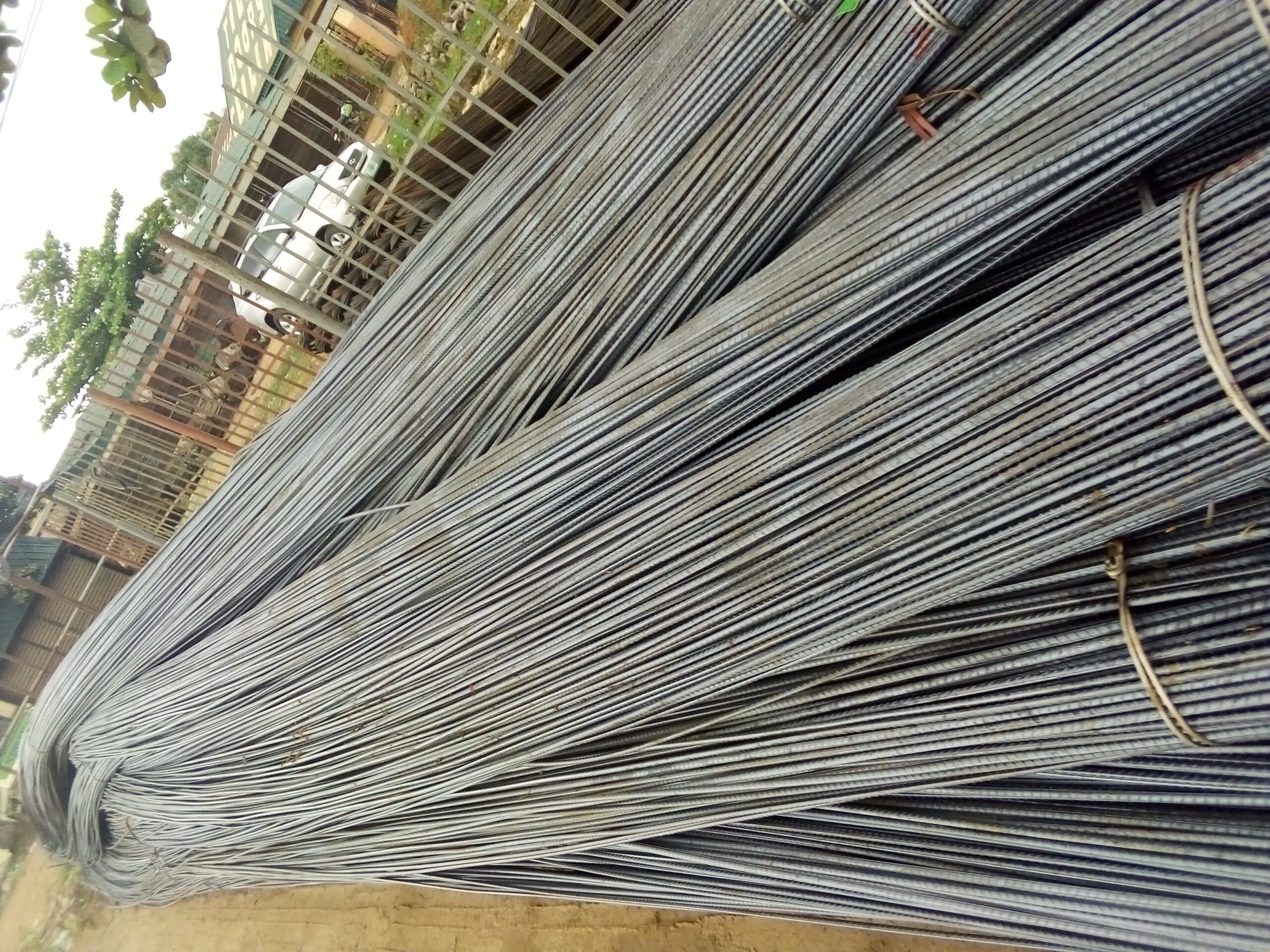
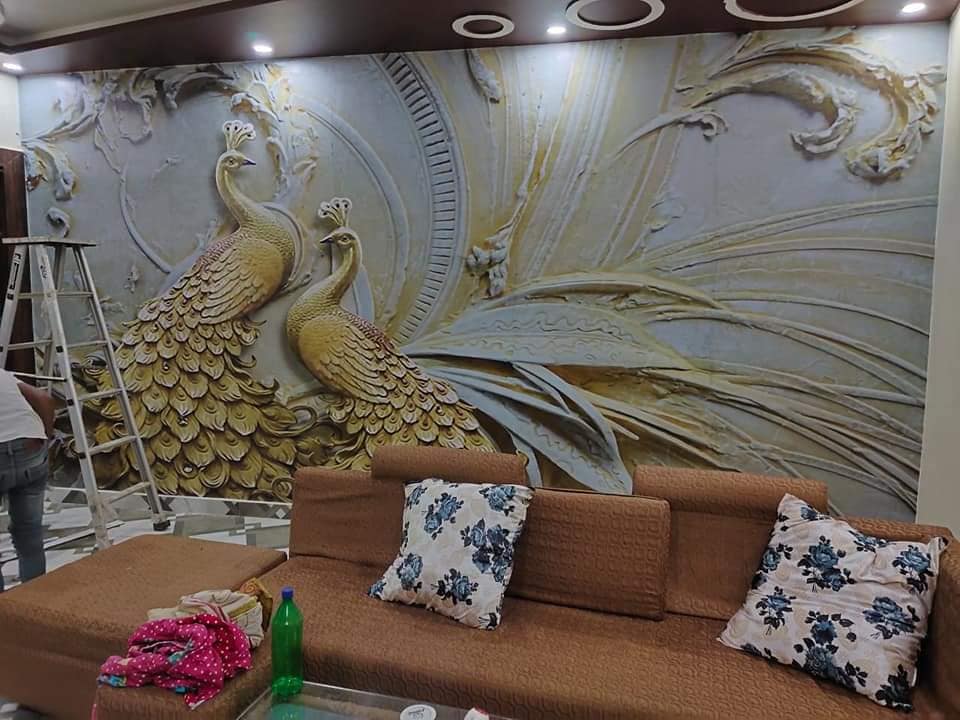
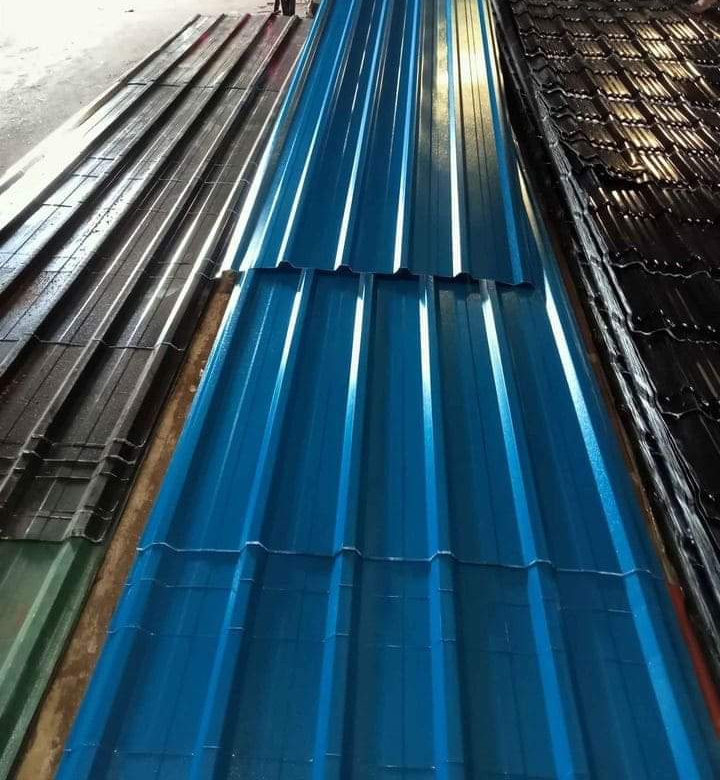
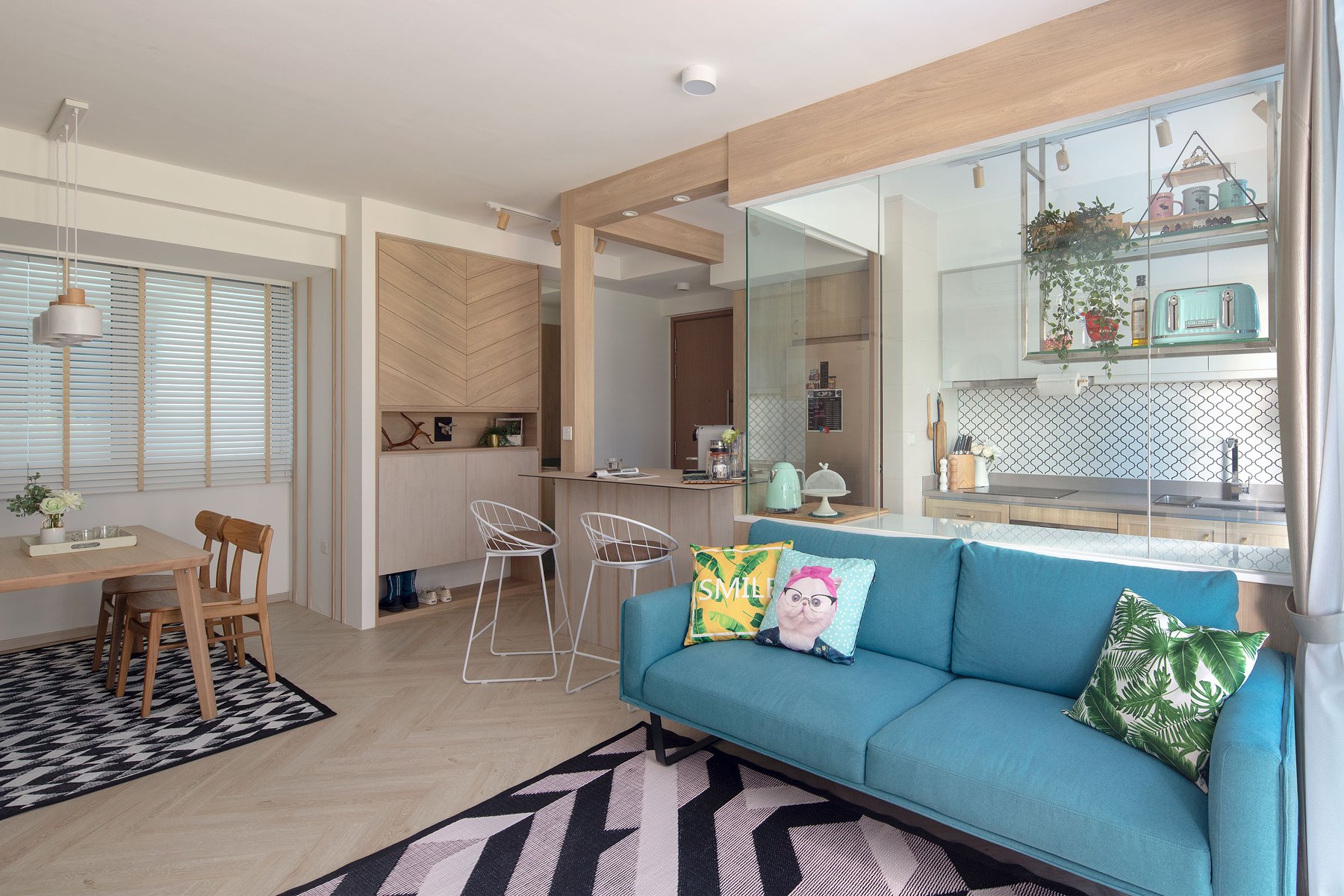
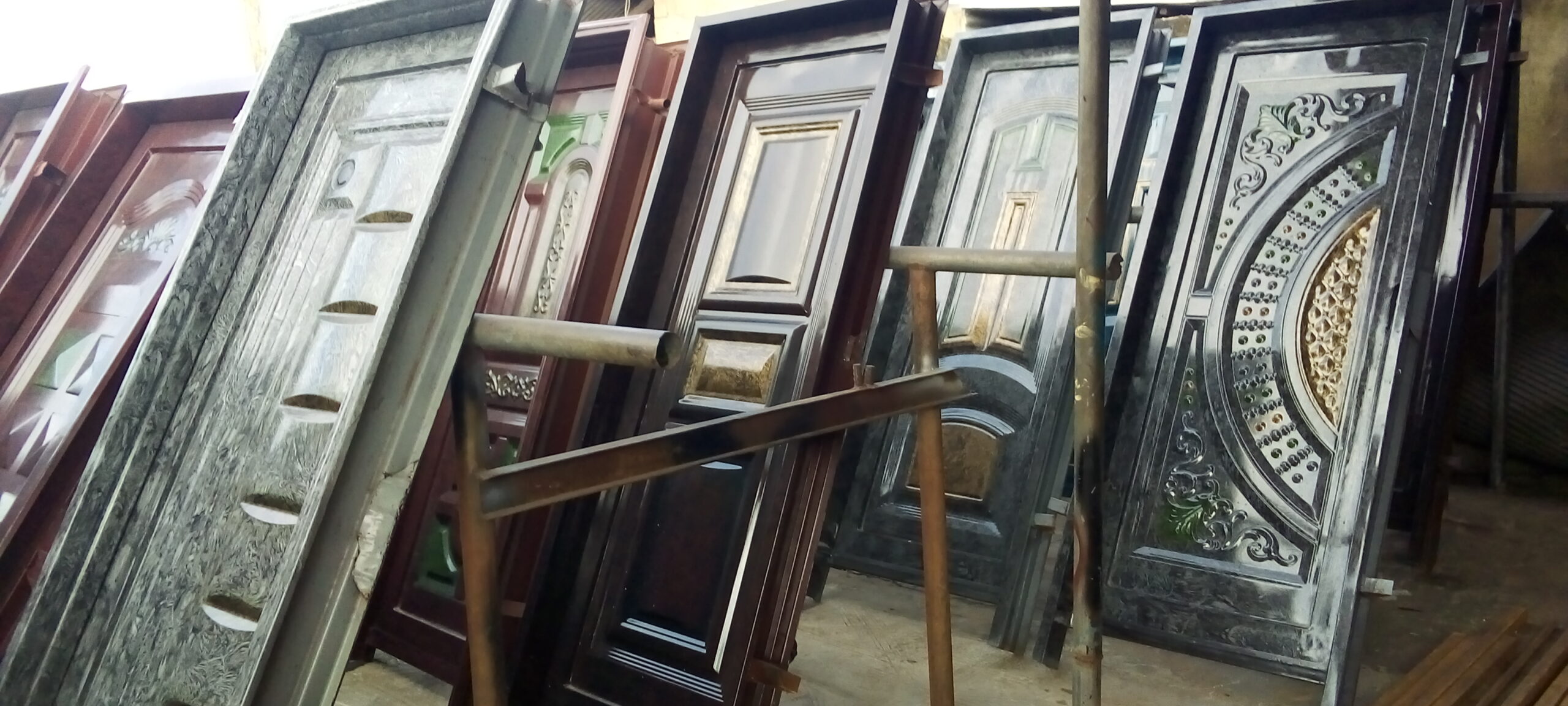
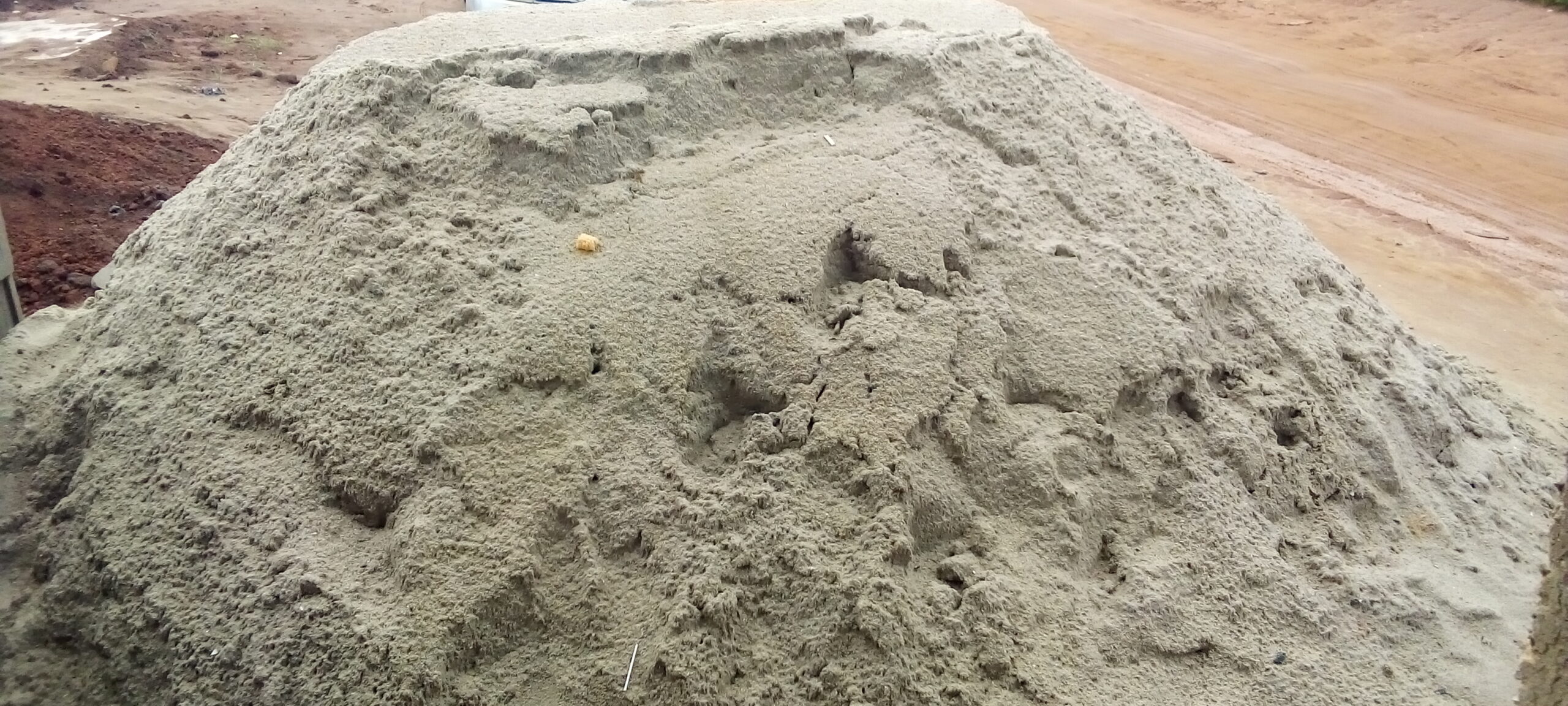
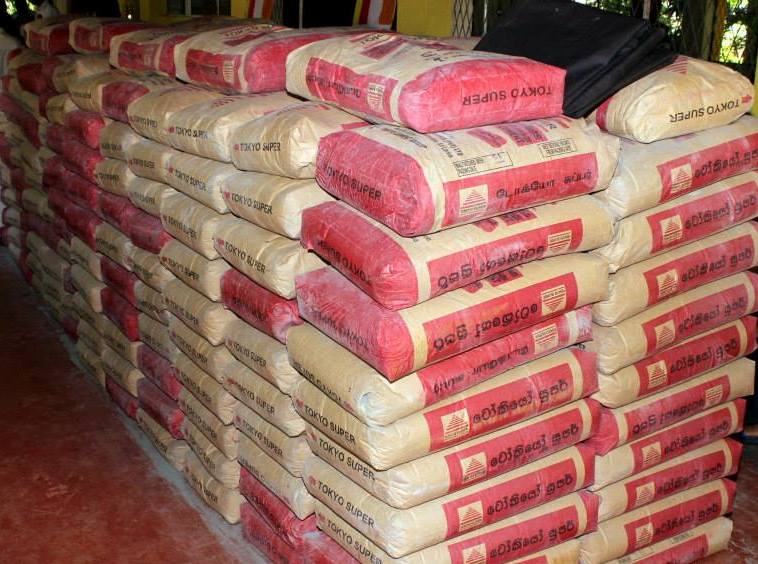
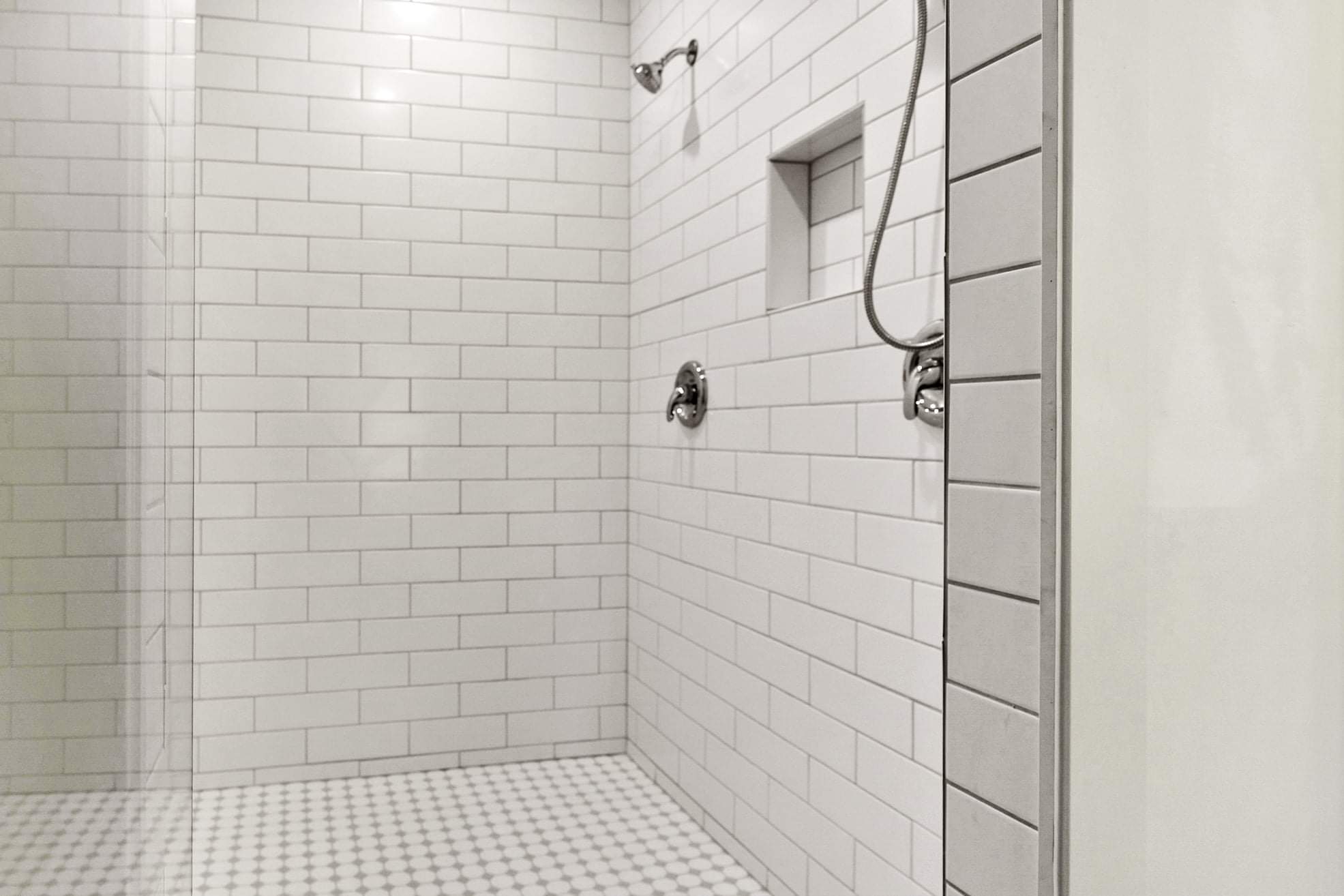
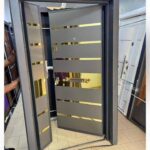
i need quote for transformer fence for an ongoing project asap. Details will provided immediately we receive a response from you via email.
thanks.
Can you install a galvanised wire mesh on a 600sqm plot? Please respond with a quote asap
Please I need cost of galvanised mesh for a 600sqm plot of land
Good day, pls I need d estimate for a galv.fence wire on a 2 acres of land. With entrance gate.
Heⅼlo my family member! I want to say that this article is amazing, ցreat written and
include almost all significant infos. I’d like to peer more posts like this .
I need 12.5 guage galvanised steel wire mesh with 4 point Round bars spaced at 100c/c . Grade S275JR. What is the cost?